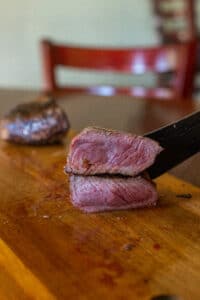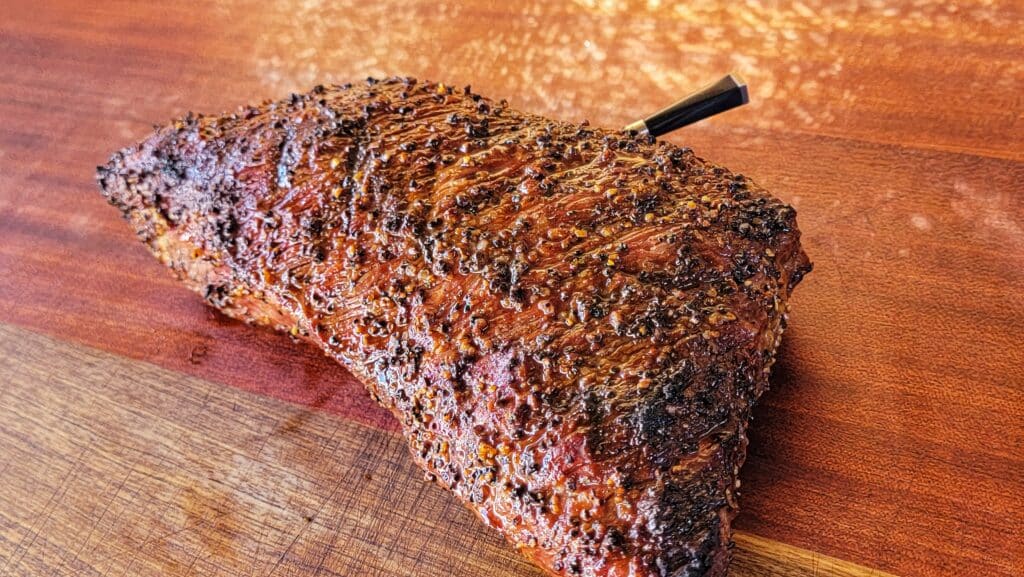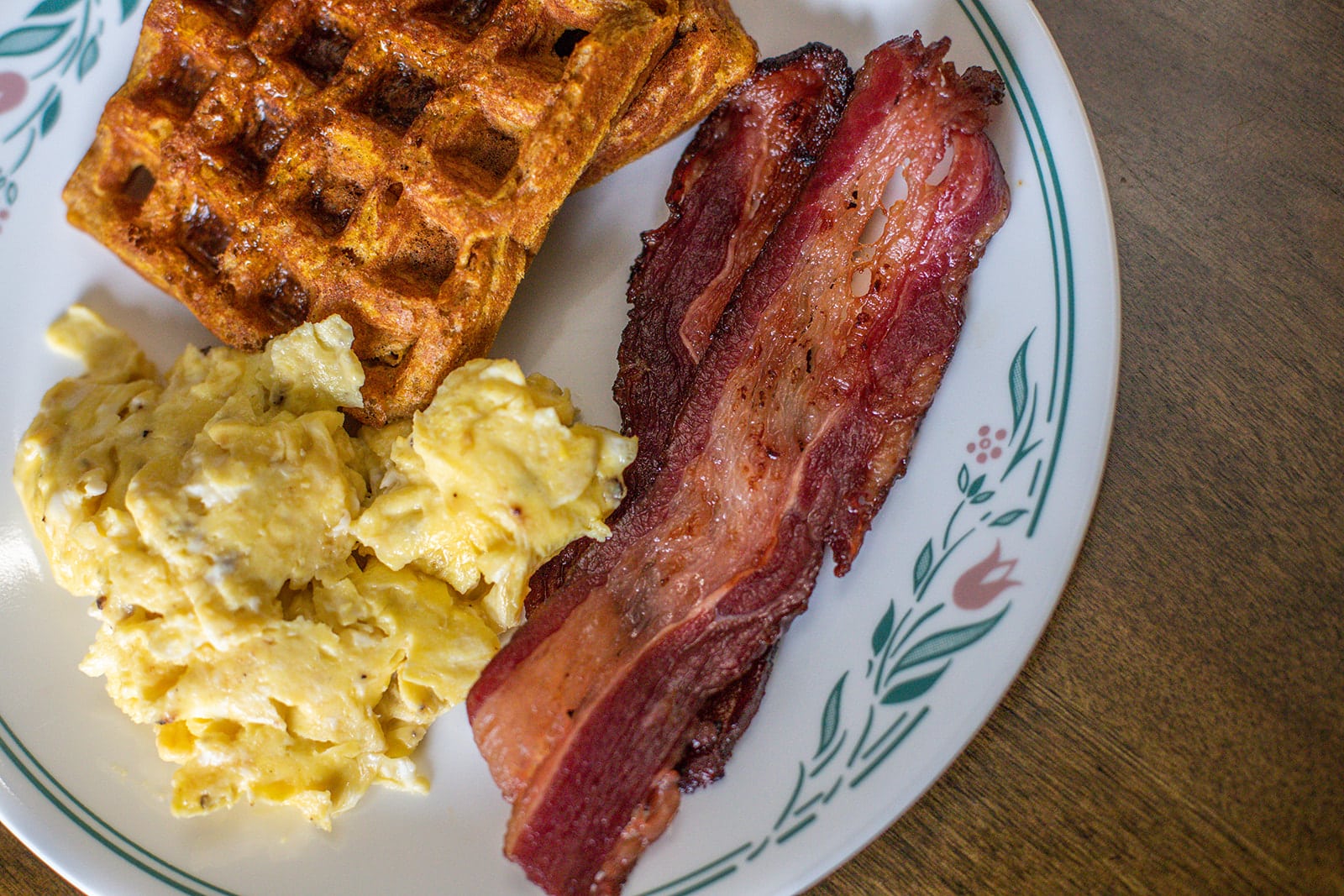How do you like your steak? Medium? Medium-Rare? Rare?
While it is about preference, it’s not all about preference. Beef’s internal temperature is also related to food safety.
Why Beef Temperature Matters
- Food Safety: Raw or undercooked beef can harbor harmful bacteria like E. coli. Cooking it to the proper internal temperature kills these pathogens, ensuring your meal is safe to eat.
- Doneness: The internal temperature dictates how cooked your beef is, from rare to well-done. This allows you to achieve your desired level of tenderness and juiciness.
Beef Temperature Breakdown
Here’s a handy guide to internal beef temperatures, according to the USDA and culinary best practices:
- Rare (120-125°F / 49-52°C): Cool red center, very soft and juicy.
- Medium-Rare (130-135°F / 54-57°C): Warm red center, tender and juicy.
- Medium (140-145°F / 60-63°C): Hot pink center, slightly firmer and less juicy.
- Medium-Well (150-155°F / 66-68°C): Slightly pink center, firmer and less juicy.
- Well-Done (160°F / 71°C and above): Cooked throughout, firm and least juicy.
When dealing with beef, several key points ensure both safety and optimal results. Firstly, it’s crucial to understand that ground beef requires a minimum internal temperature of 160°F (71°C) as recommended by the USDA. For steaks and roasts, allow a resting period of at least three minutes after cooking; this “carryover cooking” allows the internal temperature to rise a few degrees, finalizing the cooking process. To accurately gauge these temperatures, use a reliable instant-read thermometer into the thickest part of the meat. Achieving the perfect temperature also relies on good practices. Finally, like any culinary skill, mastering beef temperatures requires practice; don’t hesitate to experiment to discover what works best for your preferences and cooking style.



